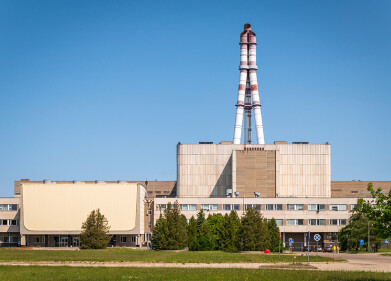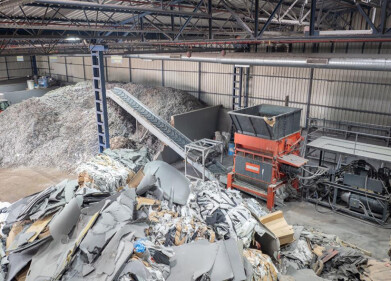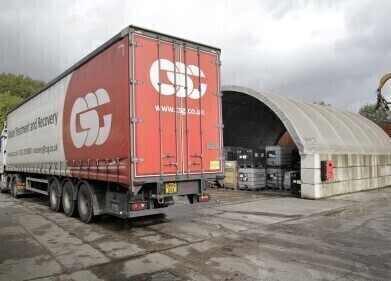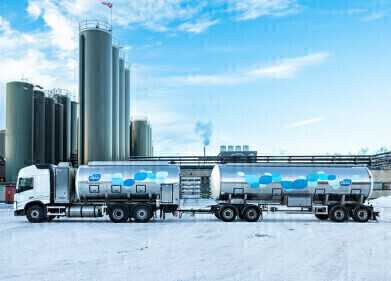Hazardous waste
Can Bioremediation Clean-Up Nuclear Waste?
Sep 30 2014
At its inception in the 1940s, nuclear power was touted as the cure to all of our energy problems, being theoretically a clean, sustainable and safe energy alternative. History has proven that it is deserving of none of those attributes, with its links to nuclear weapons and the general safety of nuclear power plants being of particular concern.
These concerns were highlighted by the disasters of Three Mile Island in 1979, Chernobyl in 1986 and Fukushima in 2011. Alarmingly, we are still uncovering fresh worries about the catastrophe in the Soviet Union, which happened almost 30 years ago. Just a few years ago, mushrooms harvested from the surrounding area were en route to Europe for commercial sale when they set off metal detectors due to their staggering levels of radiation, and were subsequently confiscated and destroyed.
As a result, the reputation of nuclear energy has been left in tatters. In spite of this, it still accounts for almost 6% of the world’s energy consumption and an alarming 20% of that used by the USA. In addition to concerns over its safety, anti-nuclear campaigners are also vocal about what to do with the waste it engenders.
Where to put the waste?
Though nuclear energy does produce significantly less waste than fossil fuels, that which it does produce is incredibly resilient. Even lower-level radioactive sites are a hazard for 300-500 years, while high-level radiation can endure for a whopping 10,000 years! Obviously, this has to be disposed of safely and responsibly. Current prospective solutions – such as the plan to deposit it inside Yucca Mountain, Arizona – are optimistic at best and downright foolhardy at worst, given the unpredictability of the stability of our environment over the coming millennia.
However, a potential solution has arisen in the form of a tiny bacteria, so small that it is invisible to the naked eye. The microscopic bacteria, known as Geobacter sulfurreducens, has been found to be able to neutralise uranium and other radioactive elements, whilst simultaneously generating electricity. Early studies are encouraging and indicate a breakthrough in the field of bioremediation.
What is Bioremediation?
Bioremediation is the utilisation of naturally occurring organisms in the neutralisation and reduction of nuclear radiation. In this particular case, the Geobacter strain works by releasing electrons into the nuclear substance and making it insoluble. As a result, it is unable to penetrate the environment further. For more information on the intricacies of bioremediation, please read the article An Introduction to Bioremediation.
Because of its dual advantages of neutralising radioactive material on the one hand, and producing electricity on the other, this form of bioremediation may prove to be a real advance in how we approach nuclear energy. However, it should really only be seen as a combative measure for nuclear waste that has already been produced, rather than a preventative measure against its production in the first place.
Indeed, it is this latter area where our efforts should be concentrated if we are to pursue nuclear power as a viable solution to the energy crisis, as well as demanding clearer and more truthful information about the dangers of the industry from those in power.
Events
Apr 08 2025 Targi Kielce, Poland
Apr 08 2025 Bahrain
Apr 10 2025 Beijing, China
Apr 10 2025 Beijing, China
Apr 15 2025 Moscow, Russia














